William Moulton Marston was a man of many talents: A lawyer, psychologist, and author of Emotions of Normal People. But his biggest claim to fame was as the creator of the lie detector, all thanks to a little nudge from his wife Elizabeth. You see, she noticed that whenever she got excited or angry, her blood pressure would skyrocket, and Marston saw the potential for something big.
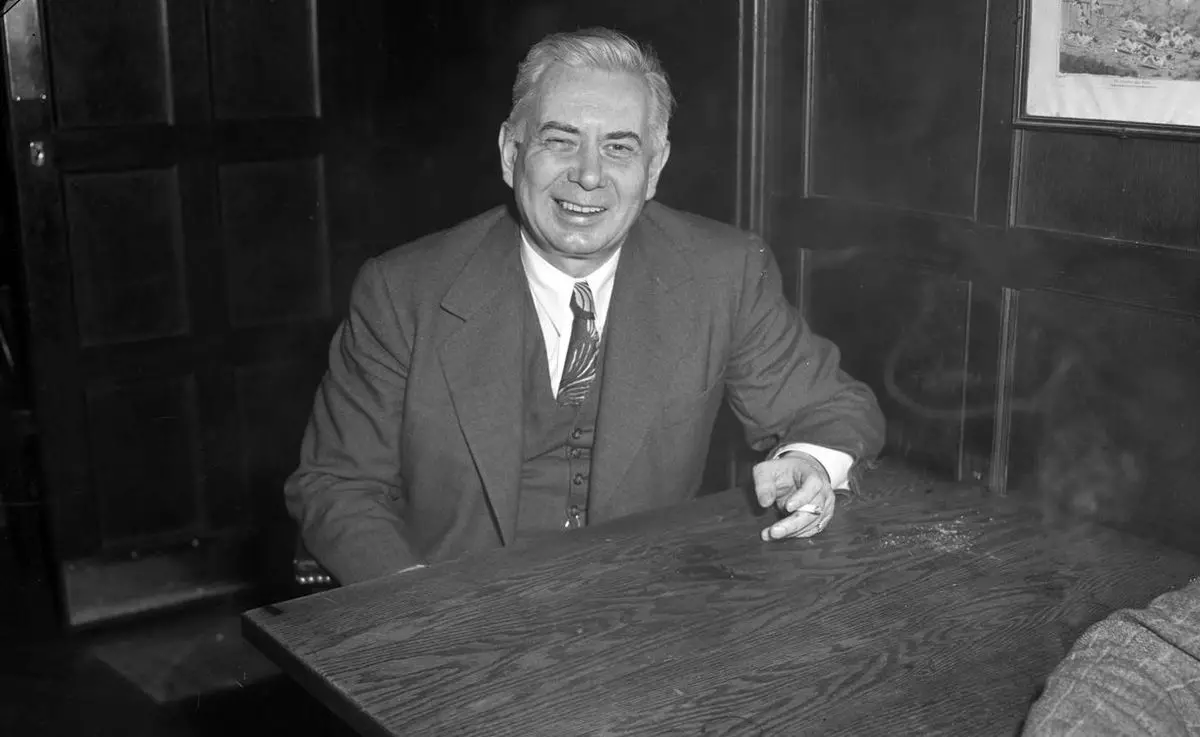
In 1940, Dr. Marston’s former student Olive Byrne, now a journalist, interviewed him for Family Circle magazine. The article, titled “Don’t Laugh at the Comics,” caught the attention of Maxwell Charles Gaines, who was so impressed that he hired Marston as a consultant for DC Comics.
Related: 11 groundbreaking women comic book artists that prove male artists are mediocre
Marston had a vision for a new kind of superhero – one that would serve as a positive role model for young girls. And for inspiration, he needed to look no further than the amazing woman in his life, his wife Elizabeth (Sadie) Holloway Marston.
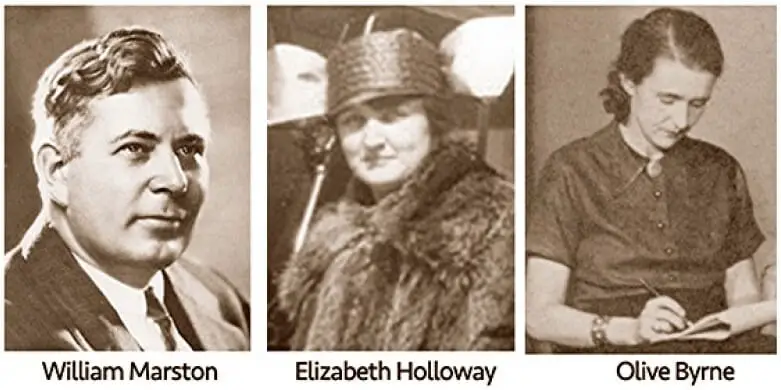
In a time when most women were not given the opportunity to pursue higher education, Elizabeth was a trailblazer, earning a Master’s degree in psychology from Holyoke College. When William headed to Harvard to study law, Elizabeth wanted to join him, but the all-male Ivy League university had a strict no-girls policy. Radcliffe, Harvard’s sister school for women, was deemed unacceptable to Elizabeth, who saw it as just a “lovely law for ladies.” Instead, she enrolled at Boston University, paving her own path.
After graduation, Elizabeth embarked on a 35-year career that took her all over the place. From indexing documents for the first 14 Congresses, to lecturing on law, ethics, and psychology at universities in New York, to working as an editor for Encyclopedia Britannia and McCall’s magazine, Elizabeth was a woman of many talents. And when she became a mother at age 35, she didn’t let that slow her down either – she promptly returned to work and continued to blaze her own trail.
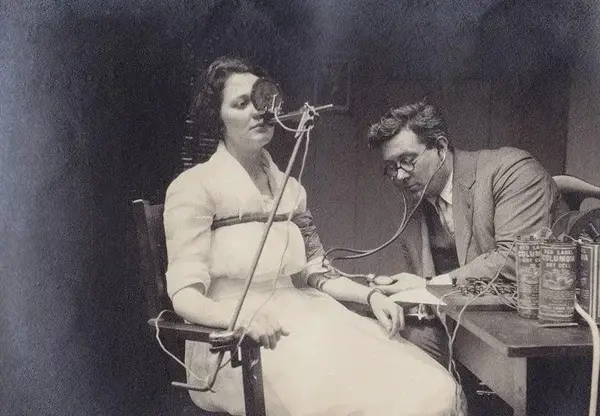
William’s creation of a female superhero was greatly influenced by Elizabeth, who he saw as the embodiment of the unconventional, liberated woman of her time. His heroine, like Elizabeth, was a fighter against prudery, prejudice, sexism, racism, and crime. But for the character’s appearance, William needed a different muse.
Enter Olive Byrne, his former student and the love of his life. When William revealed his feelings for Olive to Elizabeth, she surprisingly agreed to a polyamorous relationship. The three of them lived together and had children – two with Elizabeth (Pete and Olive Ann) and two with Olive (Bryne and Donn).
For his comic character, William took inspiration from Olive’s physical attributes – black hair, blue eyes, and the silver bracelets she always wore (which he transformed into bullet deflectors). But the rest of the character – a body to rival a supermodel, a towering height, and unique attire – was pure fantasy on William’s part.
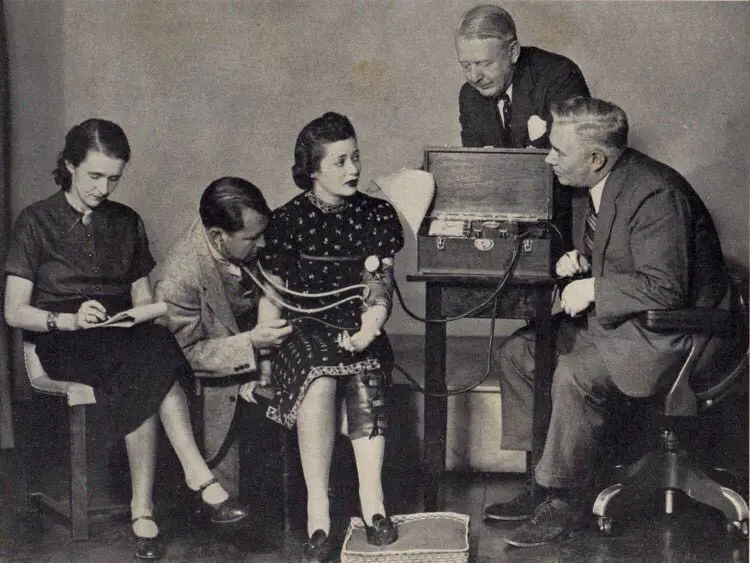
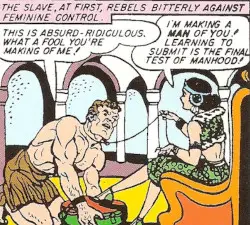
William was all about creating a powerful, inspiring female superhero, and he found all the inspiration he needed in his two leading ladies, Elizabeth and Olive. With Elizabeth as his model for the ideal, liberated woman and Olive serving as the muse for Wonder Woman’s physical appearance, Marston set out to change the comic book world.
Related: Girls want (and need) more female superheroes
Wonder Woman made her debut in 1941, and she quickly became known for her beauty, intelligence, speed, strength, and of course, her truth-forcing magic lasso. Unlike her male counterparts, Wonder Woman used her lasso not to destroy her enemies, but to make them confront their own inner demons and find their better selves. She was the perfect embodiment of Marston’s vision for a female hero, fighting against prejudice, sexism, racism, and of course, crime.
Marston continued writing for Wonder Woman until his death in 1947, but the legacy of his creation lived on. She has remained a powerful symbol of hope and equality, inspiring generations of young girls and women everywhere.

As for Marston himself, he lived a life as unconventional as his comic creation. He lived in a polyamorous relationship with his two partners, Elizabeth and Olive, raising four children together. Even in death, the three remained close, with Elizabeth supporting Olive until her own passing.
So, here’s to the amazing, powerful, and always inspiring Wonder Woman. She may have started as a comic book creation, but she will always be a role model for generations to come.
But there's more. Check out these bussin stories:
- For the guys Love
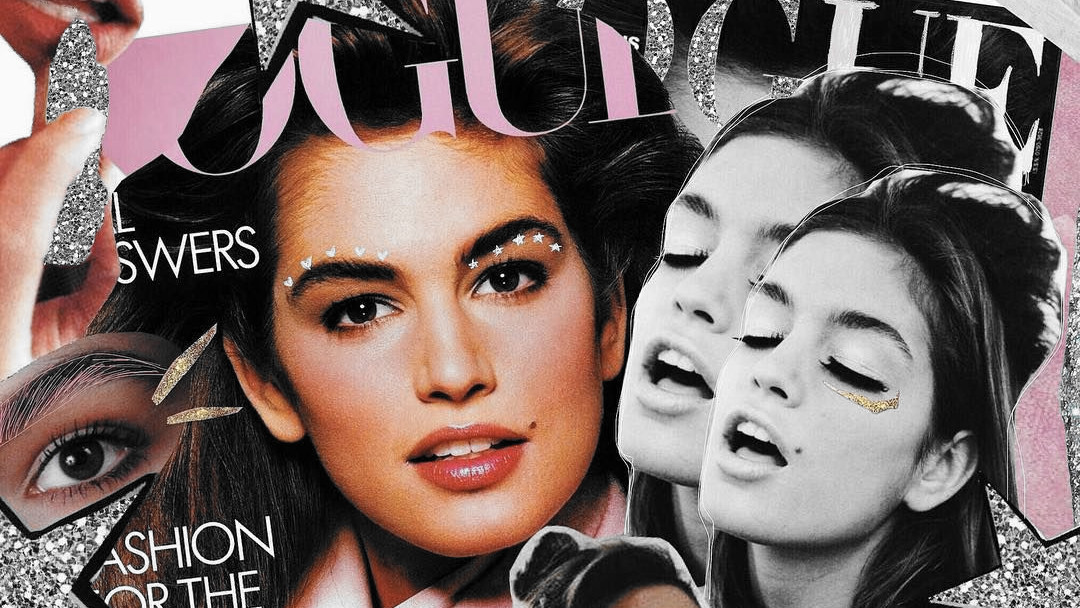 The bizarre things that women’s mags claim turn men on Mystical arrangements of words that can conjure an all-mighty boner in the shorts of any man, according to Glamour.
The bizarre things that women’s mags claim turn men on Mystical arrangements of words that can conjure an all-mighty boner in the shorts of any man, according to Glamour. - Health
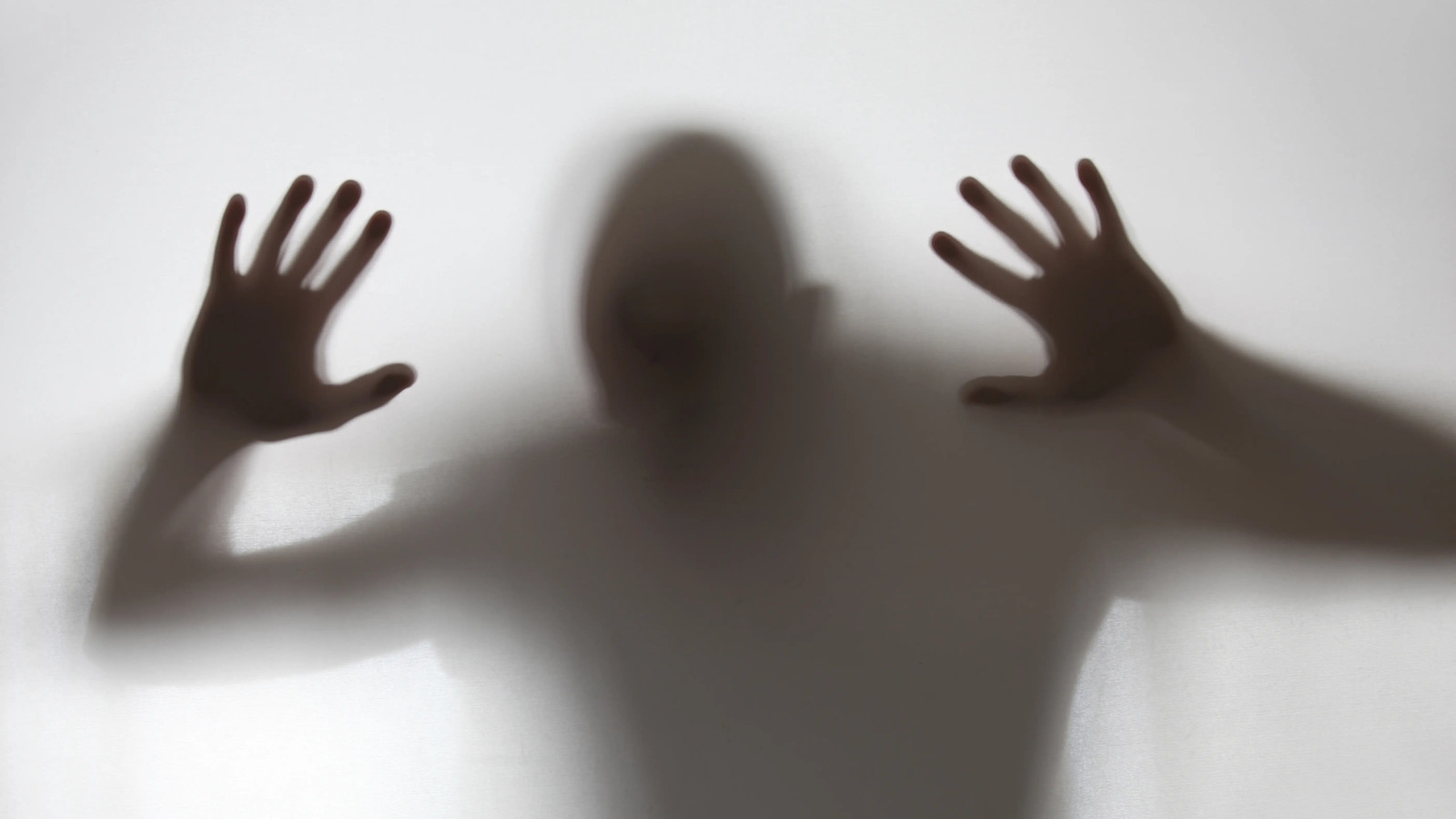 What are nightmares, and why do we have them? Everyone has experienced waking up panicked in the middle of the night, distressed from an alarming dream. But why?
What are nightmares, and why do we have them? Everyone has experienced waking up panicked in the middle of the night, distressed from an alarming dream. But why? - LGBTQ SMH
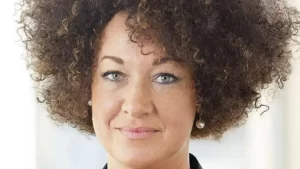 The case for accepting transracial people Do we really have a right to tell these people that their perception of themselves is wrong?
The case for accepting transracial people Do we really have a right to tell these people that their perception of themselves is wrong?
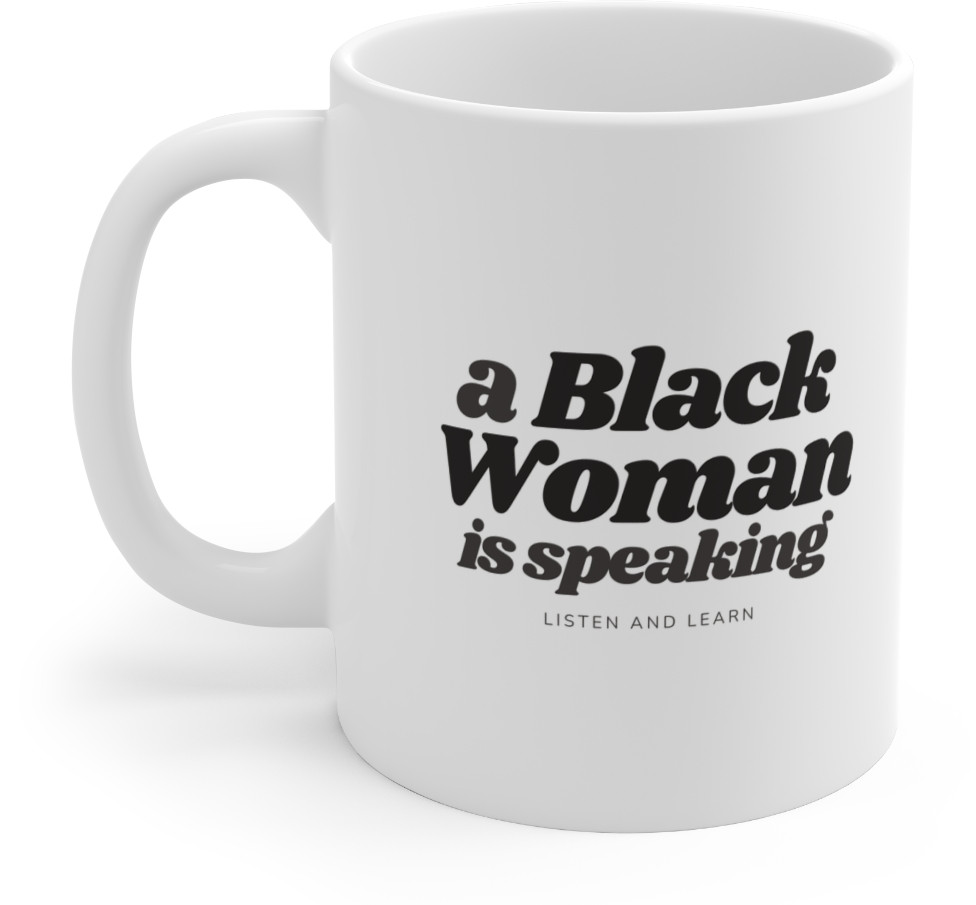

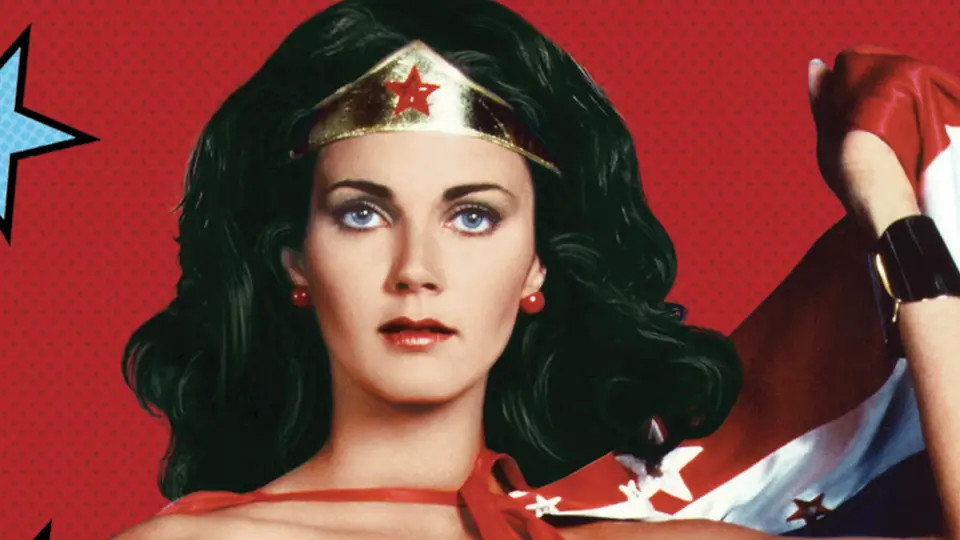
they forgot to add how in the past Wonder Woman weakness was if she was tied up by man, and or talked in to being tied up by any man by her wrists she lose all her powers, kinky??
As a comic book fan, I thoroughly enjoyed reading about the behind the scenes history of Wonder Woman. I also agree with Dr. Marston’s comment about children expanding their vocabulary through the use of Comic Books and the comics page of the local newspaper. I might also add Perry Mason mysteries to the list. Fortunately, Dr. Martson had a high moral purpose (World War II) too apply his theories. Unlike many of the dark themes that confront today’s youth when they read graphic novels. I believe that we need more people like Dr. Marston, Rod Serling, George Lucas and Gene Roddenberry.
The article itself is fascinating, to think that a character such as this was a result of such progressive thinking. I DO have issues with the title of the piece however! You make some kind of assumption that polyamory is “dirty”. The article itself points out that the relationships were all open, honest and with consenting adults, in fact, the two women (whom most people would assume would have a problem with the arrangement) appear to be good friends and supportive of each other. The very societal standards that they creators of Wonder Woman challenged are reflected in whatever headline writer’s prejudices led them to call polyamory “dirty”!